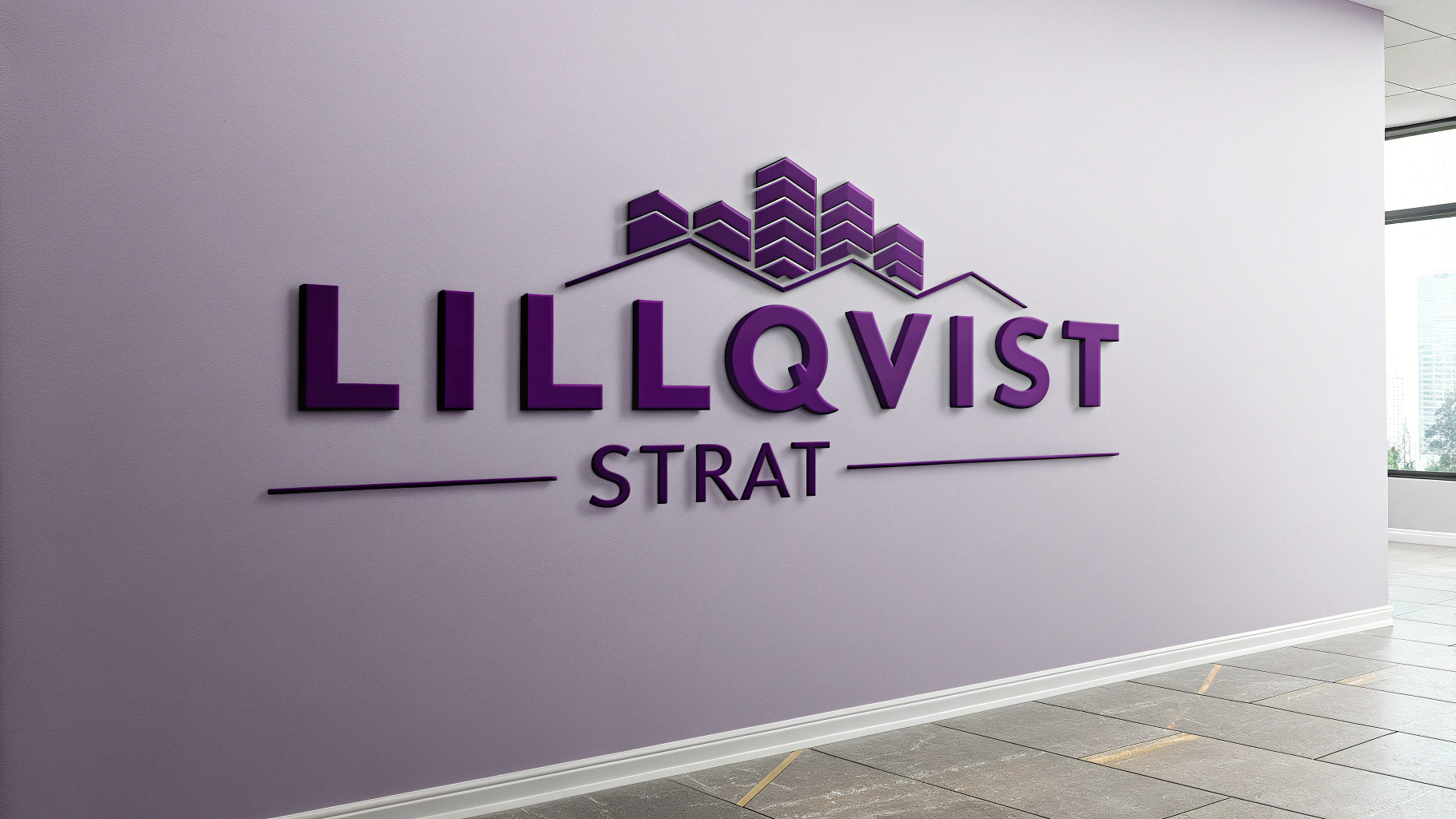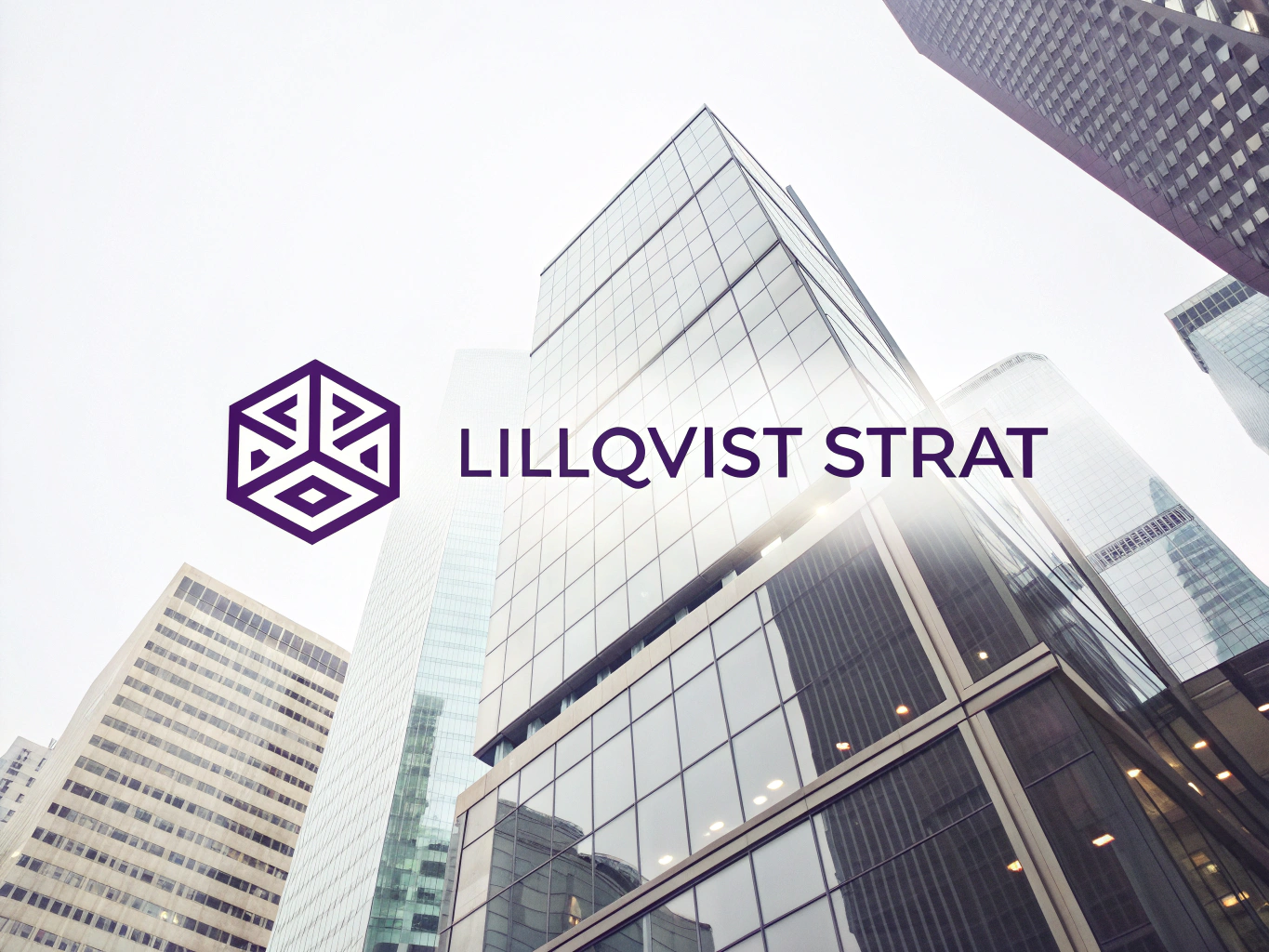The grocery industry is constantly evolving, with new trends emerging as consumer preferences shift. To stay competitive, grocery retailers and manufacturers need to anticipate these trends and adapt quickly. By leveraging AI, companies can gain valuable insights into consumer behavior, predict upcoming trends, and identify opportunities for new product development.
1. Analyzing Consumer Data to Predict Upcoming Trends
AI can process vast amounts of consumer data to spot patterns and trends that might not be immediately obvious. This can include purchase history, online behavior, social media trends, and even macroeconomic factors. By analyzing this data, AI can forecast future demand for products, helping companies stay ahead of the curve.
Key Features:
- Data Aggregation: AI can pull data from multiple sources, such as POS systems, social media, online reviews, and customer surveys, to create a comprehensive picture of consumer preferences.
- Predictive Analytics: Machine learning models can identify emerging product categories, flavors, or ingredients by analyzing past consumer behavior and external factors (e.g., seasonality, health trends, environmental concerns).
- Trend Forecasting: AI can forecast upcoming demand for specific products based on historical patterns, helping companies prepare for spikes in demand.
Example Code for Trend Prediction Using Machine Learning:
import pandas as pd
from sklearn.ensemble import RandomForestClassifier
from sklearn.model_selection import train_test_split
# Sample consumer data (features: purchase frequency, product category, demographics)
data = pd.DataFrame({
'purchase_frequency': [3, 5, 2, 4, 6, 3, 2, 5, 4],
'product_category': ['snacks', 'beverages', 'snacks', 'beverages', 'snacks', 'beverages', 'snacks', 'beverages', 'snacks'],
'age_group': ['18-24', '25-34', '35-44', '45-54', '18-24', '25-34', '35-44', '45-54', '18-24'],
'is_trendy': [1, 0, 1, 0, 1, 0, 1, 0, 1] # 1 = trendy product, 0 = non-trendy
})
# Convert categorical data into numerical values
data['product_category'] = data['product_category'].map({'snacks': 0, 'beverages': 1})
data['age_group'] = data['age_group'].map({'18-24': 0, '25-34': 1, '35-44': 2, '45-54': 3})
# Define features and target variable
X = data.drop('is_trendy', axis=1)
y = data['is_trendy']
# Split data into training and test sets
X_train, X_test, y_train, y_test = train_test_split(X, y, test_size=0.2, random_state=42)
# Train a machine learning model (Random Forest Classifier)
model = RandomForestClassifier(n_estimators=100, random_state=42)
model.fit(X_train, y_train)
# Predict trendy products
predictions = model.predict(X_test)
print(f"Predictions: {predictions}")In this example, a machine learning model is trained to predict whether a product is trendy or not based on consumer data, such as purchase frequency and demographics. By analyzing past behaviors, the model can predict which product categories are likely to become popular in the future.
2. Automating Market Research to Identify Gaps and Opportunities
AI can automate traditional market research by continuously scanning the market for gaps in product offerings or unmet consumer needs. By analyzing factors like competitor products, consumer feedback, and market conditions, AI can help identify opportunities for new product lines with high growth potential.
Key Features:
- Competitor Analysis: AI can analyze competitors’ product offerings, identifying areas where there is low competition or room for differentiation.
- Consumer Feedback Analysis: AI can analyze online reviews, social media posts, and surveys to identify customer complaints or desires for new product features or types.
- Gap Detection: By cross-referencing consumer preferences with existing product offerings, AI can spot gaps in the market, suggesting new product concepts to pursue.
Example Code for Automated Market Research:
import numpy as np
# Example product data (product_id, market share, rating, competitors, popularity_score)
products = [
{"product_id": "P1", "market_share": 25, "rating": 4.5, "competitors": 5, "popularity_score": 90},
{"product_id": "P2", "market_share": 15, "rating": 4.0, "competitors": 8, "popularity_score": 80},
{"product_id": "P3", "market_share": 5, "rating": 3.5, "competitors": 2, "popularity_score": 60},
{"product_id": "P4", "market_share": 40, "rating": 4.8, "competitors": 6, "popularity_score": 95},
{"product_id": "P5", "market_share": 10, "rating": 3.0, "competitors": 3, "popularity_score": 70},
]
# Identify product gaps based on market share and popularity score
threshold_popularity = 80
gaps = [product for product in products if product["market_share"] < 20 and product["popularity_score"] > threshold_popularity]
# Display products with potential gaps
print(f"Products with potential gaps: {[product['product_id'] for product in gaps]}")In this example, the AI analyzes product data, such as market share and popularity, to identify products with potential market gaps. By focusing on products with high popularity but low market share, companies can prioritize developing products that address unmet needs.
3. Focusing on High-Potential Products to Reduce Development Risks
AI can help companies prioritize the development of high-potential products, reducing the risk of failure by focusing resources on ideas with the greatest likelihood of success. By using predictive models and analyzing consumer data, businesses can make data-driven decisions that improve the success rate of new product launches.
Key Features:
- Risk Assessment: AI can assess the potential risk of launching a new product by evaluating market data, consumer feedback, and trends.
- Prioritization: AI can rank product ideas based on their predicted success, helping businesses focus on the most promising opportunities.
- Performance Tracking: After launching a product, AI can track its performance in real-time, allowing businesses to adjust their strategies as needed.
Example Code for Prioritizing Product Development:
# Example product ideas with predicted success scores (0-100)
product_ideas = [
{"product_name": "Healthy Snack Bar", "predicted_success": 85},
{"product_name": "Organic Juice", "predicted_success": 75},
{"product_name": "Plant-Based Protein", "predicted_success": 90},
{"product_name": "Gluten-Free Cookies", "predicted_success": 60},
]
# Sort products by predicted success and prioritize the top 2
sorted_products = sorted(product_ideas, key=lambda x: x["predicted_success"], reverse=True)
top_products = sorted_products[:2]
# Display prioritized products for development
print(f"Top products to prioritize: {[product['product_name'] for product in top_products]}")This code helps prioritize product development by sorting product ideas based on their predicted success, ensuring that the highest potential products are given the most attention.
AI-driven trendspotting for grocery product development enables businesses to predict consumer preferences, automate market research, and prioritize high-potential products. By leveraging AI to identify trends, gaps in the market, and opportunities for new products, grocery retailers can stay ahead of the competition, reduce development risks, and maximize returns on product launches. At Lillqvist Strat, we specialize in providing AI-powered solutions to streamline product development and market analysis, helping businesses innovate and grow in a dynamic industry.

Lillqvist Strat consults on business developement, software projects, automation, SOPs, analytical tools and more.
Contact me today to get started on our journey to higher profits, more revenue and happier employees!
Go to Contact now



